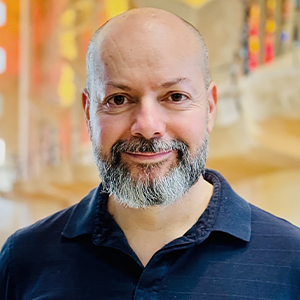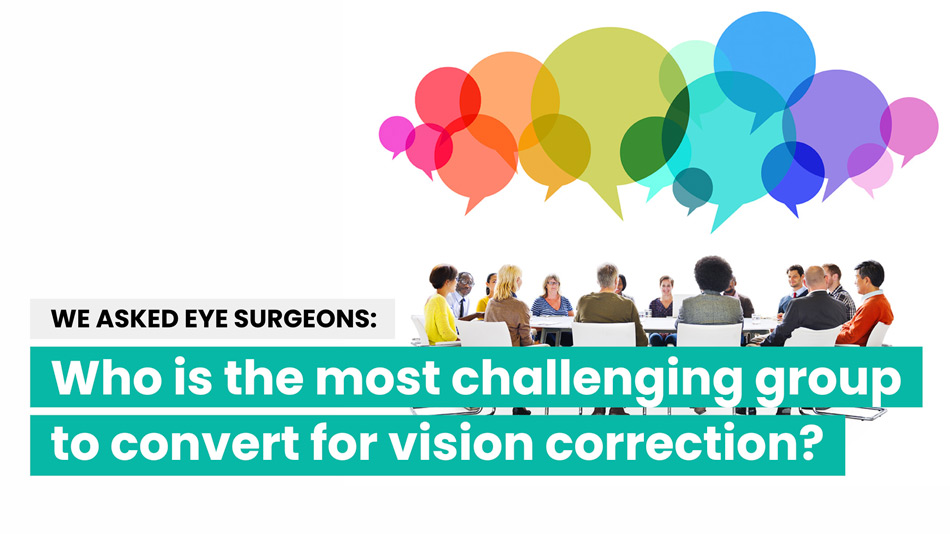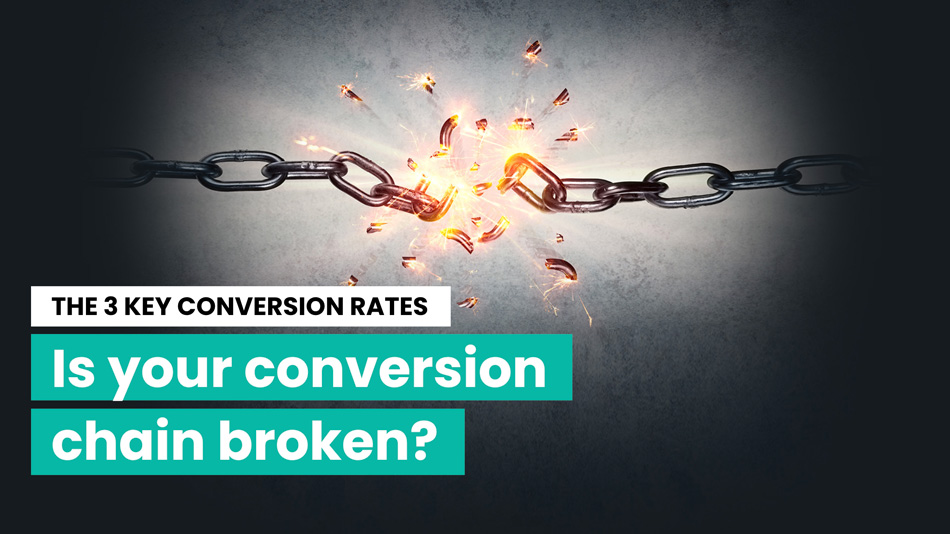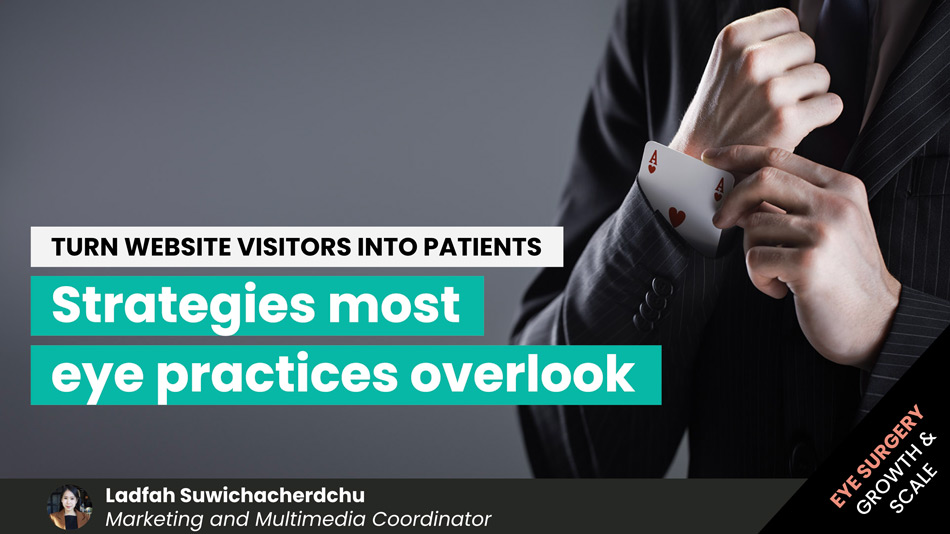Increasing telephone conversion rates can have an exponential effect on your net earnings
(Note: This post is a Part 2 of my last post and follows the adventures of Mr. Darnay and Mr. Carton, two rival medical specialists striving to grow their practices.)
The next day the accountants came calling. Mr. Darnay of Clinic A and Mr. Carton of Clinic B, unfamiliar with their generally accepted accounting principles, promptly handed over their records and got back to their operating lists. They detested discussions surrounding financial matters that refused to sort themselves out.
Fixed costs, the accountants droned, are defined as expenses that do not change as a function of the activity of a business, within the relevant period. The accountants, as they do, requested even more data to complete their arcane calculations. We must add a subtrahend they complained, to make make our equations balance… Your fixed costs, they clarified.
Fixed costs, the accountants droned, are defined as expenses that do not change as a function of the activity of a business, within the relevant period.
For example, you must pay your staff salaries, rent, rates, advertising and promotion, and insurance irrespective of your sales. These are apart from your variable costs, which you already subtracted from your income when you calculated your gross margins, remember?
Slightly mystified, but not wanting to appear so, Mr. Carton and Mr. Darnay recalled their earlier calculations to discover how much of their fees they could keep after paying for such things as material consumables and operating fees at hospitals.
Adding fixed costs
As you’d expect from the similarity of their practices, each of Mr. Carton’s and Mr. Darnay’s fixed costs amounted to the same number: £1,076,000 per year.
Of course, they could choose to run a less or more expensive operation. The accountants quickly provided an abundance of suggestions to each of them on how they could reduce their fixed costs in order to improve the bottom line, which they referred to as their EBITDA.
In the end, their calculations looked like this:
Aghast, the accountants insisted that Mr. Darnay reduce his fixed costs immediately.
Your Clinic, they told him, generates £1,050,000 in gross margin that can be used to contribute to your fixed costs (£1,076,000). The difference is -£26,000. We call this your EBITDA – your earnings before interest, taxes, depreciation, and amortisation. You are losing money, Mr. Darnay.
The accountants provided Mr. Darnay with a website address to learn more about EBITDA.
Slightly less concerned, they reported the results of their calculations to Mr. Carton of Clinic B.
Your Clinic, they told him, generates £1,575,000 in gross margin that can be used to contribute to your fixed costs (£1,076,000). Your EBITDA is £499,000.
Mr, Carton, could hardly contain himself. Is this normal? he asked. How do I compare to others in my industry?
The accountants, noting that Mr. Darnay had not asked this question, answered squarely: “It is above the average for your sector.” And, after getting the appropriate signatures on the appropriate lines, they left. His eyes fixed on his financial statements, Mr. Carton waved an ambivalent farewell towards the accountants as they, like penguins, shuffled out of his office.
Mr. Darnay didn’t need to ask the question because he already knew the answer. Carton’s clinic was profitable whilst his was losing money. He glumly pondered this as he tried to choose from the list of costs the accountants had advised him to cut. It made unpalatable reading:
- Make a staff member redundant
- Reduce your staff’s salaries across the board
- Sublet some of the little space you have
- Do your own office cleaning
- Stop advertising
His stomach turned at his options.
Where did I go wrong? He asked himself, still somehow choosing to forget that the answer was self-evident.
The fact was that Mr. Carton had been proactive in improving his telephone staff’s conversion rate, whilst Mr. Darnay considered this an unnecessary expense. It was nothing, it turned out, when compared to the cost of maintaining the status quo.
I still have a choice, he thought. If he continued in the same vein, Carton’s Clinic B would thrive, whilst his Clinic A would struggle.
When it would be time to buy that new kit, expand into better premises, invest more in marketing, hire or train more staff, and consider early retirement, Carton would have the resources. He would not.
Finally, he let the maths win the argument. Like a surgeon, he made his next move without a moment’s hesitation.
Related Posts
Meet our Co-Founders
We’re passionate about helping leaders of high-quality, growth-minded practice owners double their practice revenue

Rod Solar
Founder & Scalable Business Advisor
For over 20 years, I’ve helped ophthalmology entrepreneurs scale their private practices. I specialise in doubling revenue within three years by offering a proven framework, hands-on experience, and a team of experts who implement what works. We take the guesswork out of growth and scale, so you can focus on delivering exceptional patient care while maximising the value of your business.
LiveseySolar completely transformed the way we were approaching this… We’ve gone from having just the dream of having a practice to having a practice up and running with people making inquiries and booking for procedures… It’s extremely pleasing. We feel lucky we connected with LiveseySolar.
— Dr Matthew Russell, MBChB, FRANZCO, specialist ophthalmic surgeon and founder of VSON and OKKO

Laura Livesey
Founder & CEO
I’m the co-founder & CEO of LiveseySolar. I’ve developed powerful eye surgery marketing systems that increase patient volumes and profits for doctors, clinics, and hospitals, since 1997.
Rod and Laura know as much about marketing surgery to patients as I know about performing it. They are an expert in the field of laser eye surgery marketing. They know this industry inside out. I believe that they could help many companies in a variety of areas including marketing materials, sales training and marketing support for doctors.
— Prof. Dan Reinstein, MD MA FRSC DABO, founder of the London Vision Clinic, UK











